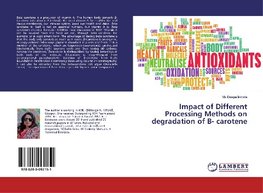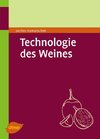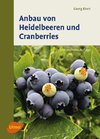
-
 Anglický jazyk
Anglický jazyk
Impact of Different Processing Methods on degradation of B- carotene
Autor: Deepa Indoria
Beta carotene is a precursor of vitamin A. The human body converts ß-Carotene into vitamin A (retinol). We need vitamin A for healthy skin and mucus membranes, our immune system, good eye health and vision. Beta carotene in itself is not an essential nutrient,... Viac o knihe
Na objednávku
36.99 €
bežná cena: 41.10 €
O knihe
Beta carotene is a precursor of vitamin A. The human body converts ß-Carotene into vitamin A (retinol). We need vitamin A for healthy skin and mucus membranes, our immune system, good eye health and vision. Beta carotene in itself is not an essential nutrient, but vitamin A is. Beta carotene's chemical formula - C40H56 - was discovered in 1907. Vitamin A can be sourced from the food we eat, through beta carotene, for example, or in supplement form. The advantage of dietary beta carotene is that the body only converts as much as it needs. ß-Carotene is an organic, strongly colored red-orange pigment abundant in plants and fruits. It is a member of the carotenes, which are terpenoids (isoprenoids), synthesized biochemically from eight isoprene units and thus having 40 carbons. Among the carotenes, ß-carotene is distinguished by having beta-rings at both ends of the molecule. ß-Carotene is biosynthesized from geranylgeranyl pyrophosphate. Isolation of ß-carotene from fruits abundant in carotenoids is commonly done using column chromatography. It can also be extracted from the beta-carotene rich algae (Dunaliella salina). The separation of ß-carotene is possible by non polar compounds.
- Vydavateľstvo: LAP LAMBERT Academic Publishing
- Rok vydania: 2019
- Formát: Paperback
- Rozmer: 220 x 150 mm
- Jazyk: Anglický jazyk
- ISBN: 9786200092151

 Nemecký jazyk
Nemecký jazyk 









